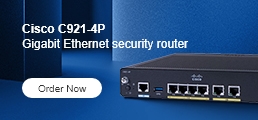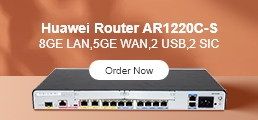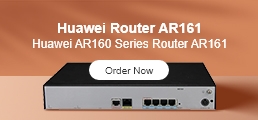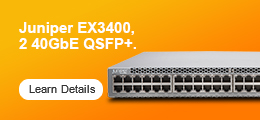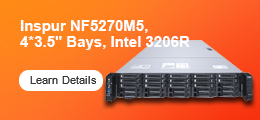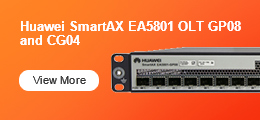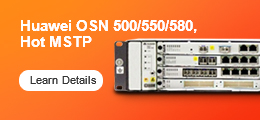The S series switch and router are different in the following aspects:
1. Functions: data switching or routing
Although both Layer 3 switches and routers provide the routing function, they are not the same. For example, many broadband routers provide not only the routing function, but also switch and firewall functions. However, these routers are equated with switches or firewalls. because routing is their main function while others are additional functions. This rule also applies to Layer 3 switches. They are switching products that mainly provide the data switching function, as well as additional routing function.
2. Applicable environment: LAN or WAN
The routing function of a Layer 3 switch is simple for connection of LANs. Therefore, the routes of a Layer 3 switch are simple and less complex than those of a router. The Layer 3 switch provides quick data switching to allow frequent exchange of data traffic in the LAN.
The router is designed to connect different types of networks. Although a router can be applied to the connection of LANs, the routing function is mainly provided for connection of different types of networks, such as connection between the LAN and WAN, and between networks with different protocols. The main purpose of a router is to connect multiple networks with complex routes. With powerful routing function, the router is applied to not only LANs with same protocols, but also LAN and WAN with different protocols. To connect different types of networks, the router provides various interface types. However, the Layer 3 switch only provides LAN interfaces of the same type.
3. Performance: data packet exchange
Technically, the major difference between a router and a Layer 3 switch is to forward data packets. The router uses the software engine with a micro-processor to forward data packets, while the Layer 3 switch uses hardware. After a Layer 3 switch forwards the first packet of a data flow, it generates a mapping between MAC addresses and IP addresses. When the same data flow passes, the Layer 3 switch forwards the packets without searching in the routing table. This prevents the delay caused by route selection and improves the efficiency of forwarding data packets.
Therefore, in terms of performance, the Layer 3 switch is better than the router and is applied to the LAN with frequent data exchange. With a powerful routing function and low forwarding efficiency of data packets, the router is applied to the connection of different types of networks without frequent data exchange, such as the connection between the LAN and Internet. If the router is used on a LAN, its powerful routing function is wasted and it cannot meet the communication requirements of the LAN and influences subnet communication.
By the way, you can check the price of Huawei S series switches.
Learn More:
Configure rate limiting for P2P software download on a Huawei AR router
Do I need to apply for the license again after router version upgrade?
How to check the hardware delivery date of S series switches?
How to configure a user level on an AR router?
How to configure access control on a Huawei AR router?
How to view the versions and hardware types of S switches?
Huawei AR200 Series Enterprise Routers Overview




